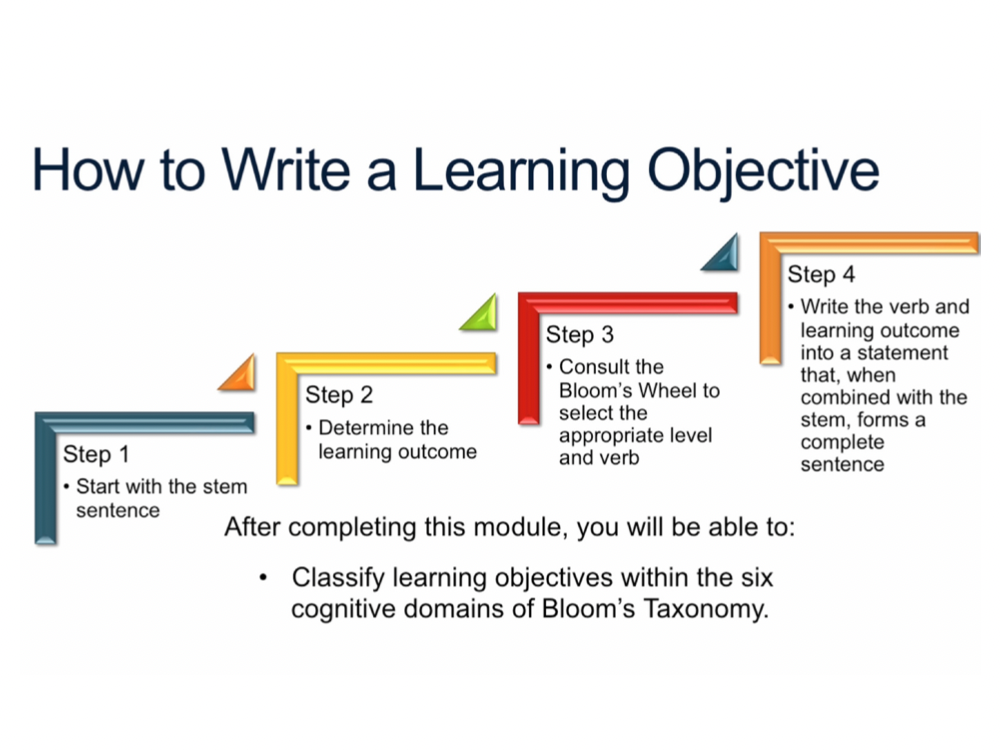
How Can Teachers Use Bloom’s Taxonomy To Create Lesson Plans?
by TeachThought Staff
Most teachers are familiar with the definition of Bloom’s Taxonomy–often through the levels of the Cognitive Domain.
Also popular are Bloom’s Taxonomy power verbs, an often misunderstand and misapplied collection of synonyms that can help teachers brainstorm activities that fit within those levels.
Used correctly, Bloom’s Taxonomy can help you to write lesson objectives that are both relevant and effective. This taxonomy is, in part, based on the assumption that certain cognitive actions–analyzing or evaluating, for example–are more complex than others.
See also A Bloom’s Taxonomy Model in 3D
And with this increased complexity comes the possibility that they may help promote a deeper understanding of content, or that they can be used to assess the depth of existing understanding in order to differentiate instruction moving forward. If, for example, a student is able to demonstrate mastery of content at a lower level–recall, for example–they may be ready to analyze, apply, or create around/within that content.
See also
Tip
A useful strategy for teaching with Bloom’s Taxonomy is the use of Bloom’s Spirals, where a lesson begins at lower levels of the Cognitive Domain and increases in complexity towards higher levels. Alternatively, a choice board can be created with a sample activity at each level of Bloom’s based on the academic standard being used to develop the lesson.
It is obvious enough that different learning outcomes can be achieved through different types of instruction. You can use Bloom’s Taxonomy to create objectives that will help your students achieve specific cognitive, affective, and behavioral outcomes, and thus see the relationship between the relative complexity of different cognitive tasks, the content being taught, and the methods of teaching and assessing being considered during lesson planning.
Bloom’s Taxonomy is a framework for classifying learning outcomes, and objectives are one of the most important aspects of any education system. Objectives help students determine what they need to know in order to succeed, and can be tailored to the specific needs of each student. When writing objectives for your students, you can use Bloom’s Taxonomy to create effective and attainable goals that are based on the hierarchical cognitive concepts and skills the framework provides.
In the video, Course Design on a Shoestring Budget provides a step-by-step process for writing lesson objectives using Bloom’s Taxonomy. The video begins with a quick overview of the Cognitive Domain, references the Bloom’s Wheel which helps frame the concept and provides many of the aforementioned lesson planning verbs, and suggests a three-step sequence for creating lesson objectives based on Bloom’s Taxonomy.
If the embed is broken, you can find the video on YouTube here.
